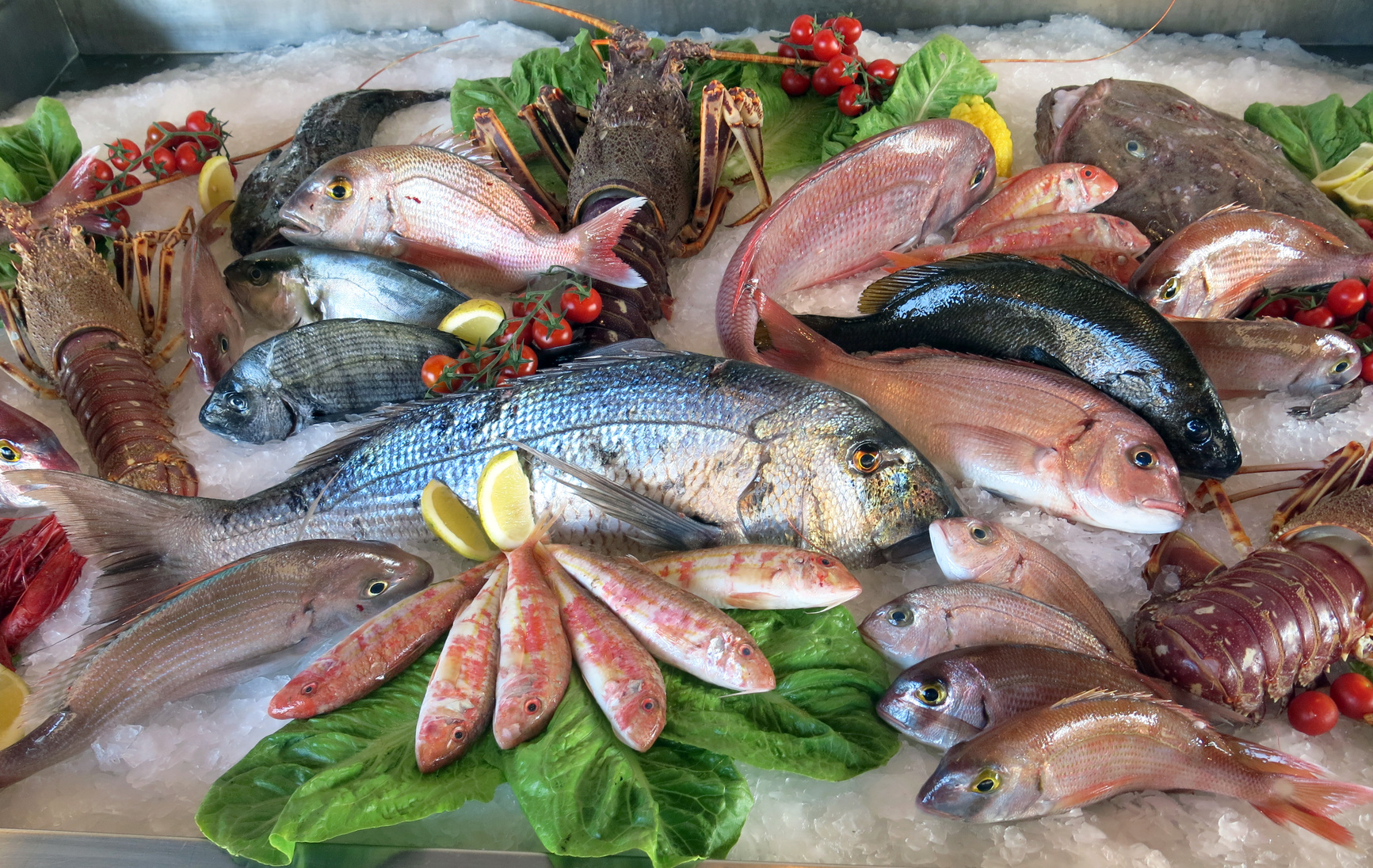Growth in global fish production is expected to slow slightly this year

Growth in global fish production is expected to slow slightly this year, driven primarily by lower catches of major wild species such as Alaska pollock and anchoveta.
Production solely from aquaculture continues to increase at a steady rate with a further 5 percent increase in total volume expected in 2016. Driven by higher incomes and urbanization, global consumption of fish is growing at a faster rate than global population, meaning that per capita consumption is rising each year by approximately 1 percent. In 2016, expected per capita consumption is 20.5 kg per year, compared with 20.3 kg in 2015 and 17.6 kg a decade ago in 2006. Another important figure is the proportion of fish produced by the aquaculture sector for human consumption, forecast to reach 53 percent this year, a trend that is only going up in the foreseeable future.
The total value of world trade in seafood products is expected to bounce back this year after a drop in 2015, to US$140 billion, representing a 4.4 percent increase, although this is still well below the 2014 total of US$148.4 billion. This return to growth in value terms is partly due to a stabilization of the US dollar after a sharp increase versus multiple currencies in 2015, but it is also a consequence of improved prices for a number of highly traded seafood commodities. Salmon prices, in particular, have been reaching extreme peaks in 2016, while tuna prices have also risen after a period of sustained lows. Supply constraints are part of the reason for the price gains, but demand growth is also a contributing factor.
Of the world's major seafood producers, it is Norway that continues to set the pace in terms of export revenue growth, driven by high prices for the key species of cod, salmon, mackerel and herring. Indeed, in US dollar terms, a 15 percent increase in Norway's seafood exports is expected this year compared with 2015, for a total of US$10.4 billion. While this total is lower than the 2014 figure, this must be understood in the context of a significant weakening of the Norwegian currency versus the US dollar since that year. Norway has benefitted from these exchange rate developments, as well as supply constraints driving up prices, but it is also an example of what can be achieved through coordinated marketing efforts and investment in market development at the state level. In Norway's case, these efforts have more than compensated for the loss of a major trading partner following the Russian Federation trade embargo.
On the market side, growth is being driven in 2016 by a recovering EU market and ongoing development of smaller markets in East and Southeast Asia as well as in the Near East. The latter are absorbing increasingly larger volumes of seafood, pointing to income growth and expansion of the middle class. Major exporters around the world are increasingly targeting these countries to the point where these emerging markets are competing with the traditional large markets even for premium seafood items such as salmon and shrimp. In particular, China, the world's largest seafood exporter, is benefiting from the expansion of its regional partner base. Demand in the EU market, meanwhile, is demonstrating considerable resilience to price increases for cephalopods, salmon and groundfish such as cod, leading to global import growth in 2016.
Low or stable supplies of many highly-traded species can be expected to push global seafood prices up further in the medium term, despite the economic difficulties currently being experienced in the major emerging markets such as the Russian Federation and Brazil. The recent contraction of the anchoveta supply following the El Niño weather event is likely to drive up fish feed prices, which in turn increases costs for producers of farmed carnivorous species around the world which will eventually be passed down the supply chain.
The potential effects of Brexit on trade dynamics between the UK and the EU, as well as its implications for fisheries management policies, is also something that the seafood industry is keeping a close eye on. The nature of the impact is dependent on the details of the deal that is eventually agreed upon. Climate change, and its impact on fish stocks, is another issue that is attracting ever more attention from experts worldwide, particularly with regard to the potential for changing water temperatures to prompt mass relocations of entire species.

